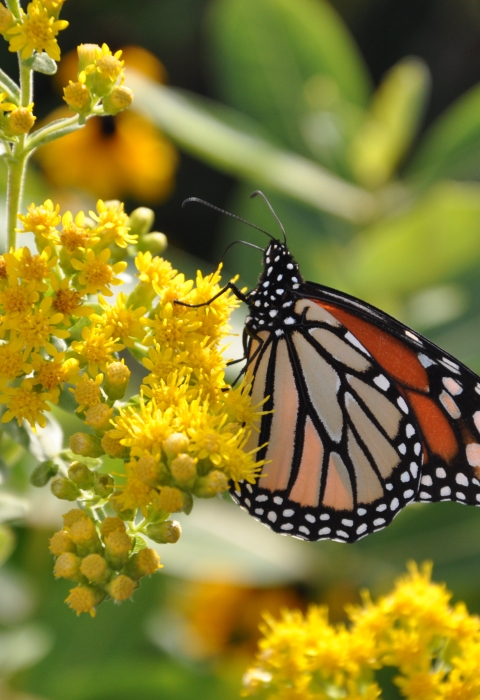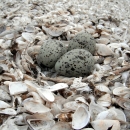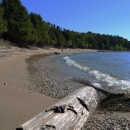About Us
Leopold Wetland Management District is named after Aldo Leopold, who is widely acknowledged as the father of wildlife conservation in America. Leopold is perhaps best known as the author of A Sand County Almanac, a book compiled of essays written on his farm in central Wisconsin. In tribute to his philosophy, Leopold Wetland Management District is dedicated to preserving, restoring and enhancing wildlife habitat in Wisconsin for the benefit of present and future generations.
The district, established in 1993, manages almost 13,500 acres of waterfowl production areas in 17 southeastern Wisconsin counties, covering some of the most important waterfowl areas of Wisconsin. The district also administers 45 conservation easements, totaling 3,000 acres, in 21 eastern Wisconsin counties. Waterfowl production areas consist of wetland habitat surrounded by grassland and woodland communities. While waterfowl production areas are managed primarily for ducks and geese, they also provide habitat for a variety of other wildlife species such as grassland birds, pheasants, shorebirds, wading birds, mink, muskrat, wild turkey and deer.
Prior to European settlement, much of the region consisted of deciduous woodland or oak savanna. Dominant plant species consisted of oak in drier areas. Sugar maple, basswood, slippery elm, red oak and ironwood were found on mesic sites. Silver maple and American elm were found on the lowland sites. Estimates of pre-settlement vegetation indicate that forests covered approximately 5.2 million acres with oak savanna covering another 7.3 million acres.
Expanding rapidly in the 1800s, European settlement changed the landscape in several ways. Initially, the biggest change was expansive deforestation across the entire state. In addition, the northern forests were altered through farming, fire prevention and urbanization.
By the early 1900s, hunting and the ditching and draining of the wetland areas for agriculture and settlement had significantly reduced waterfowl numbers. The conversion of wetlands to agriculture continued nationally during this time, decimating area waterfowl populations. A regular fire regime had been halted with the advancement of settlement and agriculture. Of an approximately 9.5 million acres of prairie and oak savanna habitat that once existed within the state, only one half of a percent (less than 1,000 acres) of prairie and one tenth of a percent of oak savanna habitat remains today. In 2002, about 60 percent of Leopold Wetland Management District land was being used for agriculture. Lands near Calumet, Columbia, Dodge, Fond du Lac and Rock counties contain more than 70% of their lands as agriculture. Conversely, counties such as Adams and Waukesha contain only 30% or less of their lands as agricultural use.
The district contains five watersheds. The Wisconsin and Northwestern Lake Michigan Watershed encompass the northern portions of the district. Within the Northwestern Lake Michigan Watershed, Lake Winnebago, the largest lake in district boundaries, flows into the Fox River tributary. The Wisconsin River tributary lies within the Wisconsin Watershed. The Rock Watershed is located within the central portion of the district and contains the Rock River tributary. The Upper Illinois and Southwestern Lake Michigan Watersheds occupy the southeastern portions of the district and contain the Fox River and Milwaukee River watersheds.
Our Mission
The mission of the National Wildlife Refuge System is to administer a national network of lands and waters for the conservation, management and, where appropriate, restoration of the fish, wildlife and plant resources and their habitats within the United States for the benefit of present and future generations of Americans.
The driving purpose of the district is creating and maintaining habitat for migrating and nesting waterfowl. District lands were acquired under the authority of the Migratory Bird Hunting and Conservation Stamp Act, and since 1958, now referred to as “waterfowl production areas”. These areas are subject to all provisions covered under the Migratory Bird Conservation Act of 1929 with the exception of the undisturbed sanctuary rule meaning that waterfowl production areas are generally open to approved activities unless otherwise administratively closed to certain uses.
Our History
July 1, 1993 - Leopold Wetland Management District is established.


